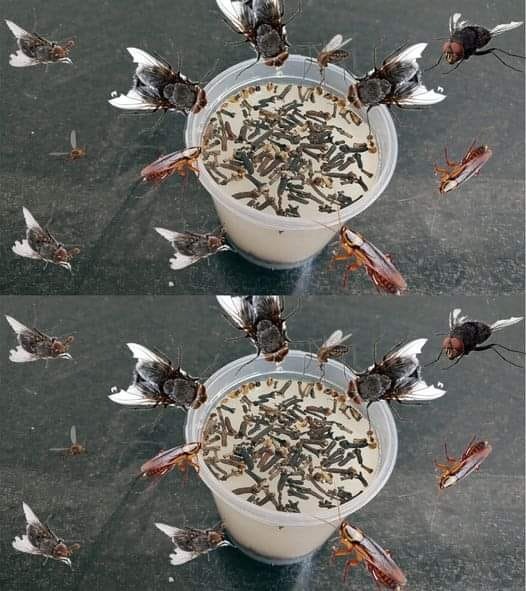A gesture as ordinary as it is automatic, one we almost never question: flushing the toilet. It’s a mechanical part of our day—wake up, use the bathroom, flush, and move on. We don’t stop to consider what that flush actually costs us and the planet. Yet, simple urination doesn’t necessarily demand this reflex. What if this small, seemingly harmless action was contributing—quietly and consistently—to massive water waste? It’s a surprising question, but one that might make you rethink your routine.
The Hidden Cost of Every Flush
Modern toilets typically use between 1.6 to 6 gallons (6 to 22 liters) of clean, drinkable water per flush. Multiply that by the number of times you flush per day, and then by the global population—and the numbers become staggering. According to the World Health Organization, billions of people still lack access to clean water, while many of us unknowingly flush away gallons of it for the sake of convenience.
Urine, a mostly sterile liquid composed of 95% water, doesn't pose an immediate health risk when left briefly in the toilet. So why do we feel compelled to flush every single time?







